
Sun Valley, Idaho burst onto the radars of many mountain bikers in the worst way possible: by losing access to miles upon miles of epic singletrack. If you were reading mountain bike news about 12 months ago, Idaho’s Boulder-White Clouds Wilderness was splayed across the front pages of news sites like ours, with headlines like “We just lost some of the best trails in America: Thank you, Wilderness Act.” Before this, many mountain bikers did take the time to travel far into the interior of Idaho to visit Sun Valley, but compared to big-name destinations like Park City, Whistler, and Moab, Sun Valley seems remote and off the beaten path.
Personally, Sun Valley and Salmon, both in Idaho, were on my to-do list for 2016. But after the closure of hundreds of miles of trail in the Boulder-White Clouds to mountain bikes, I mentally knocked Sun Valley down the list to the “I’ll get to it sometime, maybe” category.
But then an opportunity to travel there fell in my lap, and I decided to take it.
Even as I got off the plane, I was wondering, “How exactly did the closure of the Boulder-White Clouds affect this area? Will I even be able to get a grasp of what it was like before?”

It turns out that my knowledge of Central Idaho geography was pretty shoddy. While Sun Valley is one of the closest towns to the Boulder-White Clouds, it’s still long ways away—like about an hour and a half drive. As such, the closure of this Wilderness area to mountain bikes hasn’t affected mountain biking in Sun Valley proper much at all. Sturtevants bike shop, which operates a shuttle company, has noticed a marked decrease in shuttles this year since tourists no longer need rides out to tackle the big backcountry epics which are now closed. But the impact in trail access in the immediate vicinity is essentially zero.
“While the loss of some of our trails in the Boulder-White Clouds was certainly a blow, it does not affect in any way the ability to have an unreal cycling experience in the greater Wood River Valley that Sun Valley is a part of,” said Adrian Montgomery, Executive Director of the Wood River Bicycle Coalition. ”It certainly sets a dangerous precedent when world class singletrack we’ve been riding on for generations gets closed, but the Wood River Valley has hundreds of miles of amazing trails open to bikers.”
I experienced these first-hand as I rode epic loops near town, and completed the Osberg’s Ridgeline shuttle ride—33+ miles point-to-point, ending in town—and barely having scratched the surface of all the trails listed on the Sun Valley map.
Speaking of which, the Sun Valley map doesn’t even include the Boulder-White Clouds on it, because it’s so far out. I had to buy a totally separate map to get coverage of that area.
While I had ridden several great rides close to town over my first two days in Sun Valley, I wanted to get closer to the Wilderness area to see what riding was left in that zone. So, my guides took me out to ride the Fisher Creek Loop, about an hour north of Ketchum.
Fisher Creek Loop

The Fisher Creek Loop is a bit of a misnomer, despite it being the name that everyone calls this ride, as the climb takes place on Fisher Creek road, but the descent takes place on the Pigtail and Williams Creek singletrack trails. Regardless, this 17.5-mile ride starts right on Highway 75, yet gets you way out in the middle of nowhere quite quickly, offering up 2,090 feet of climbing along the way.
This is a popular route since it’s a relatively easy ride all things considered, and it offers an absolutely incredible high-speed descent with old school berms etched into the hillside of the bench cut singletrack, providing a memorable rip back down the mountain for beginners and experts alike.

This singletrack, like many of the trails in this region, passes through a massive burn zone, with charred trunks standing tall, devoid of limbs and leaves. While this made for a hot ride with no respite from the sun, the longer site lines allow riders to cruise at even higher speeds—a double-edged sword when considering interactions with other trail users.

Despite parking right on the highway and pedaling a couple of miles of pavement to begin, the singletrack portion feels incredibly remote and isolated. At one point, I scrambled up a rock outcropping that rises about a hundred feet above the narrow valley below, and as far as I could see up and down the valley, the only sign of human impact through the charred trunks of dead trees was one sole serpentine stretch of singletrack (pictured at the beginning of this article). We were close to the highway, yet still so far from anything resembling civilization.
How does this compare to the Boulder-White Clouds?
The Fisher Creek Loop is located on the door step of the new Wilderness area, with a right turn at a fork (where we turned left) leading to the new boundary. So while the new Wilderness didn’t annihilate all riding even in the immediate vicinity, how does the riding we have left compare to what was lost?

That’s a difficult question to answer without previous personal experience to draw upon, but after looking at endless pictures on the internet, reading about these trails, and talking with the locals about them, it seems that the riding that we still have access to outside of the Wilderness is undoubtedly excellent. According to Montgomery, “there’s no shortage of epic loops with spectacular views, and many of them are very close to town. You may be close to town but you get a very wild backcountry experience nonetheless. There’s more than enough to satisfy your singletrack appetite!”
Yet the flavor of the mountains where the remaining riding resides is incredibly different from that of the mountains now off limits to bikes. Close to town, in the Smokey Range, the riding is dry and dusty, with endless rolling ridges—still certifiably awesome. But as you look from those trails into the surrounding ranges further out, you see rocky, jagged peaks, rising high above the rest, filled with alpine lakes, streams, and more vegetation. The Sawtooths, the Boulders, the White Clouds, the Pioneers—all of these surrounding ranges are home to visually-stunning terrain that puts the Smokeys to shame.

While it’s tough to complain when you see the ample spread of singletrack available in Sun Valley, the reality is that this Wilderness closure only serves to reinforce the feeling that mountain bikers are second-class citizens. All of the most beautiful areas in the nation are locked up tight in National Parks and Wilderness areas, and are barred to anyone who would wish to traverse them on two wheels.
Mountain bikers are instead relegated to the areas that are deemed not beautiful enough to protect. The places that have already seen so much impact from mining, development, and other abuse by homo sapiens that the hikers apparently have little desire to travel through those places.
And while we as mountain bikers could never say that we don’t love riding in Moab in view of a big mine or in the lower foothills surrounding Sun Valley, the fact remains that we are prevented from accessing the most beautiful areas, the most desirable places, the most visually-spectacular spots on planet earth—despite the fact that human-powered bicycles have little more environmental impact than booted feet, and much less than horses.
But the hikers and horseback riders? While maybe they don’t find some of the trails that we ride most often to be the most desirable, at least they aren’t limited: they can travel anywhere they damn well please.
Conclusion

At the end of the day, is Sun Valley still worth visiting to mountain bike? Only if you enjoy riding hundreds and hundreds of miles well-built singletrack winding through visually-stunning terrain, with endless loops, shuttles, and point-to-point options. Sun Valley itself is impacted very little by the closure of this Wilderness area. “Heck, I’ve been here going on two decades, and I still ride new stuff all the time and [am] finding new routes,” said Montgomery. “That’s what keeps me here—the riding is legendary.”
Rather, the closure of the Boulder-White Clouds Wilderness and the problem that it highlights isn’t really connected to Sun Valley at all. Instead, it’s just one more major example of a pandemic issue within the federal land management agencies in the United States at large. This isn’t a local issue with a local solution: it’s a national issue that needs to be addressed on the national level.
For more information, be sure to check out one of my many articles on this topic: “Opinion: Opening Wilderness to Mountain Bikes Is the Most Important MTB Advocacy Effort in History – And STC needs your help!”
Thanks to Visit Sun Valley for making this trip a reality!



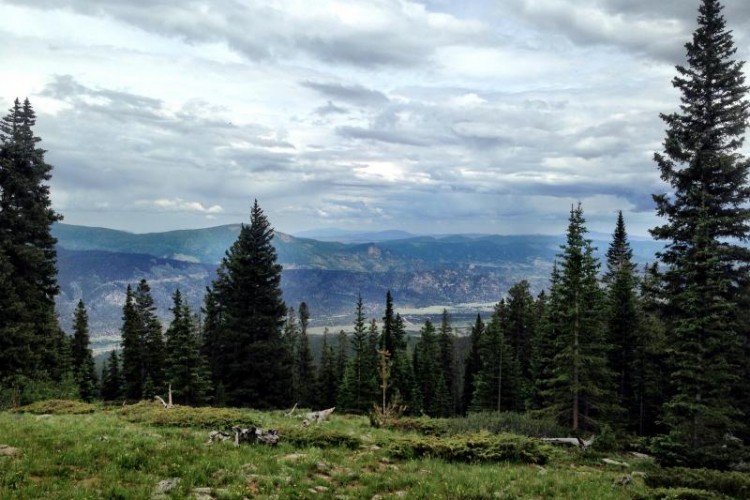
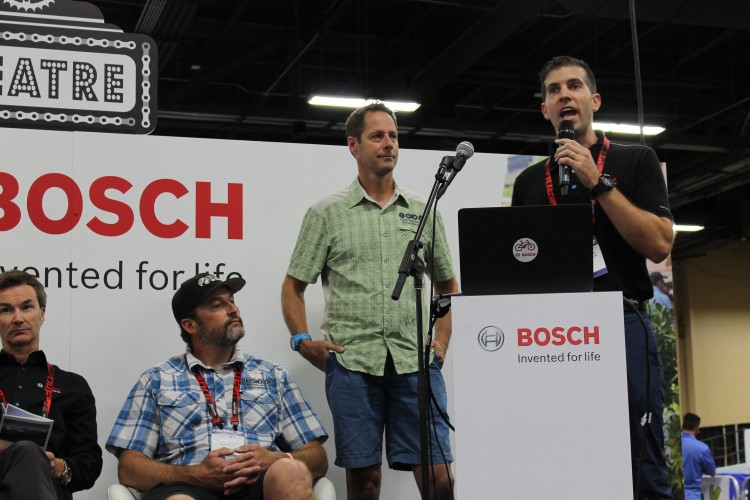

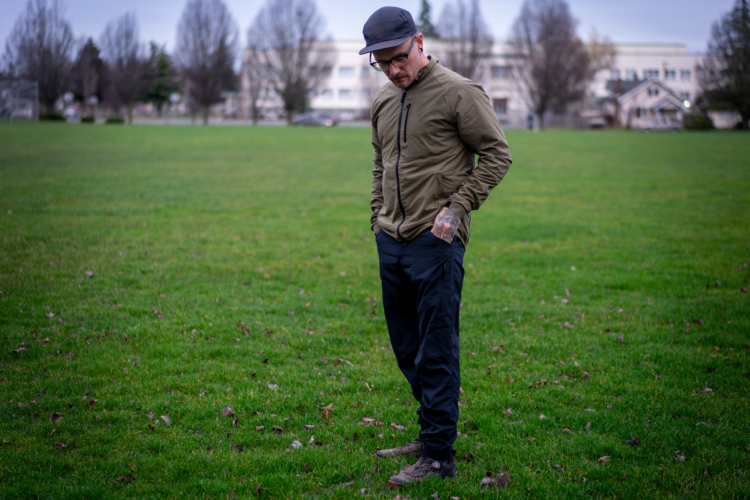
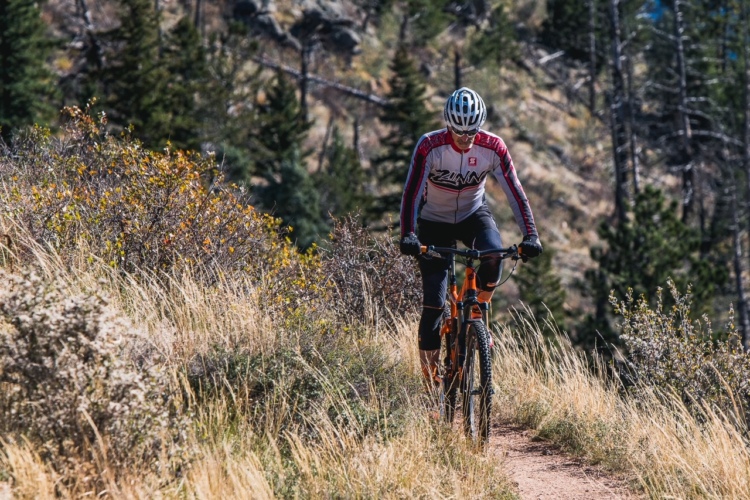
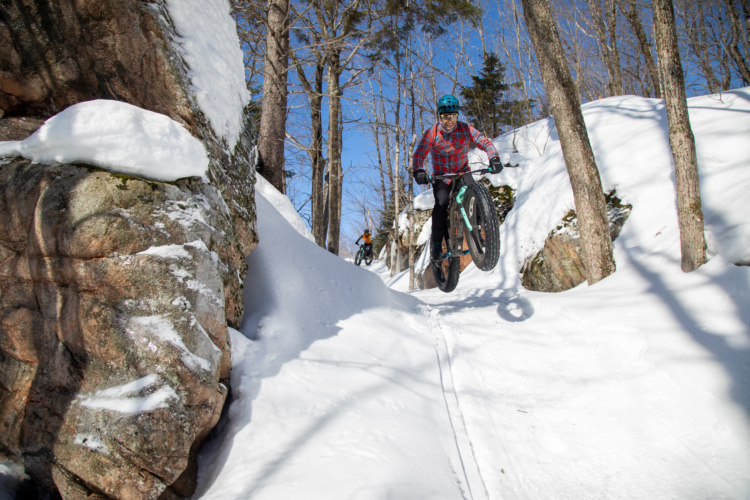
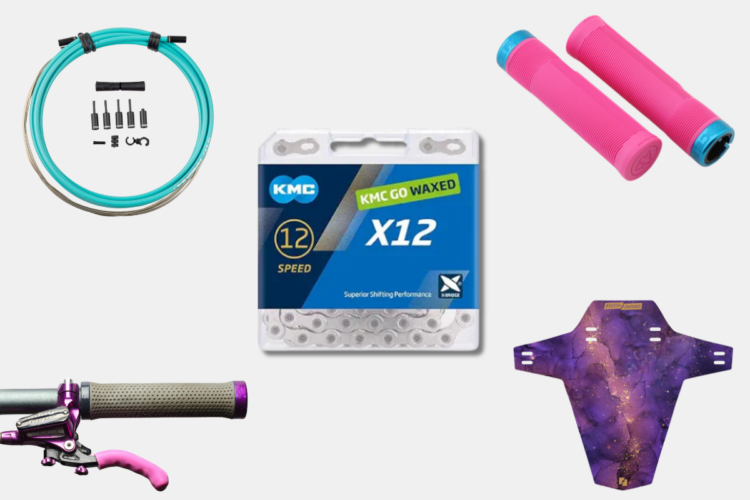

3 Comments
Sep 2, 2016
Next time, ride up and down the single track portion of the Fisher Creek Loop. A much better experience, with markedly different vistas in each direction.
Sep 3, 2016
Sep 2, 2016
http://registerguard.com/rg/opinion/34724922-78/bikes-in-the-wilderness.html.csp#